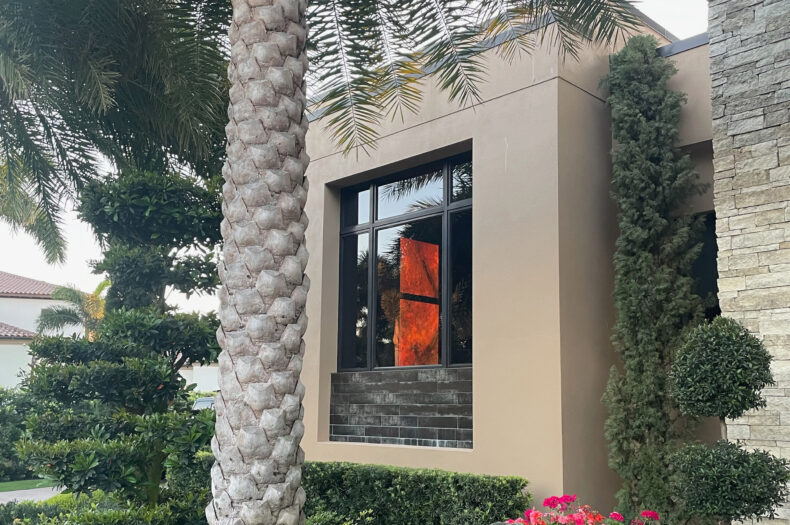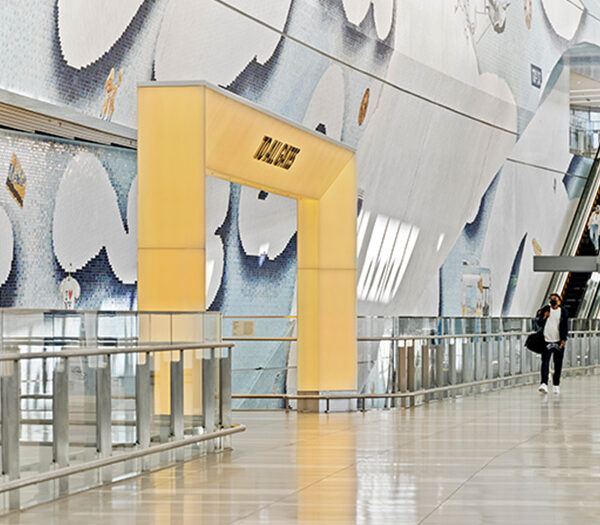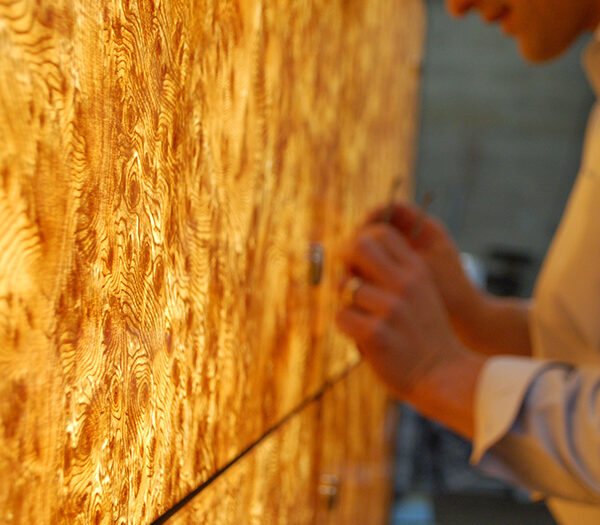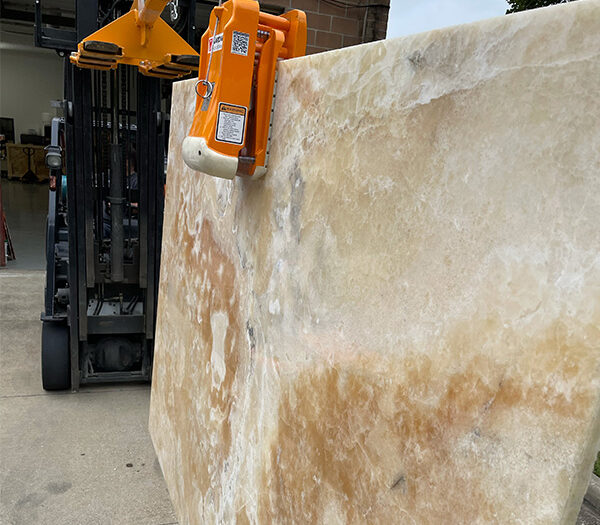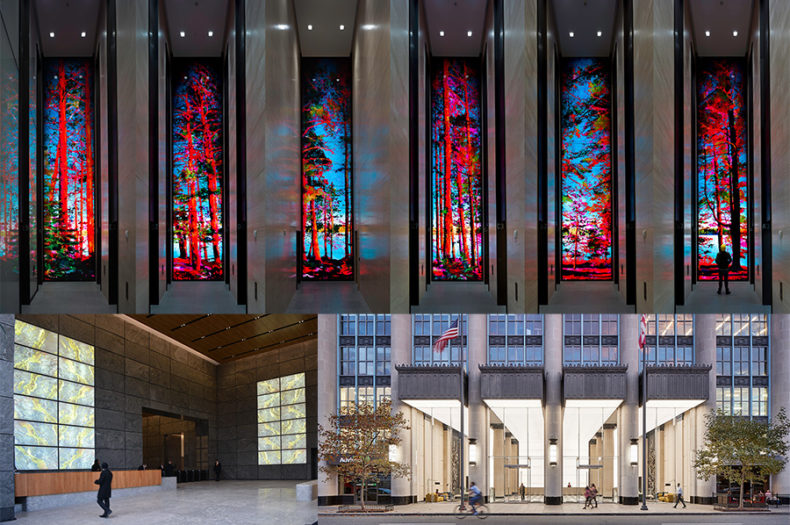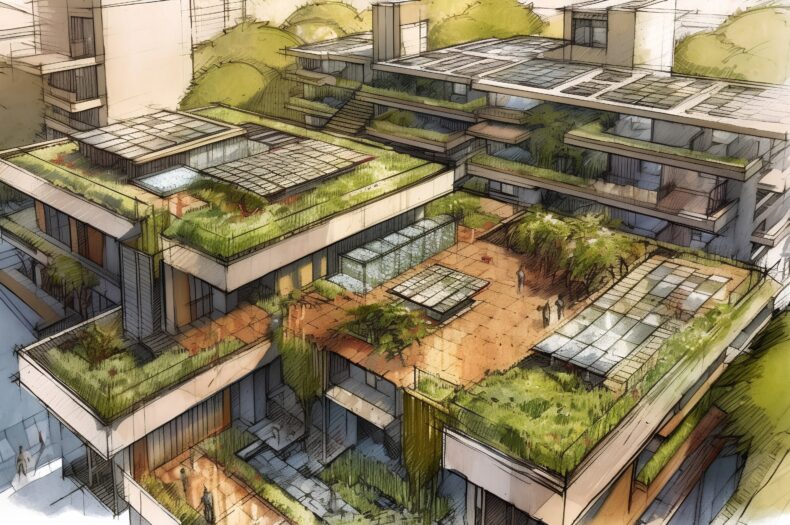
The Rise of Biophilic Design
Design Dialogue: Exploring Trends in the Design and Architectural Industry Biophilic design represents a paradigm shift in the way we conceive and interact with built environments. At its core, it seeks to emulate the innate human connection to nature within the context of architecture and design. It encompasses various elements that contribute to human well-being […]
Read more
